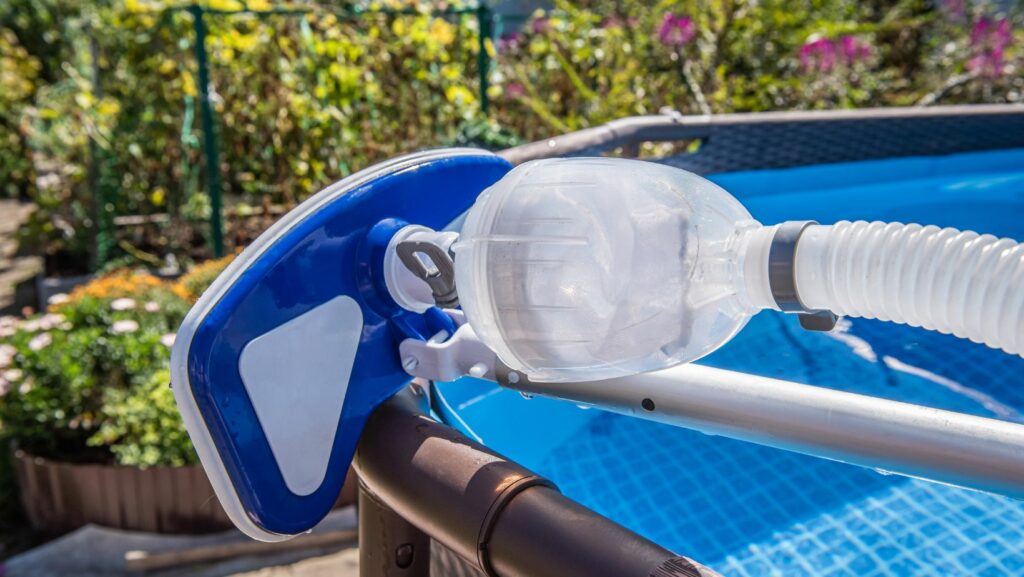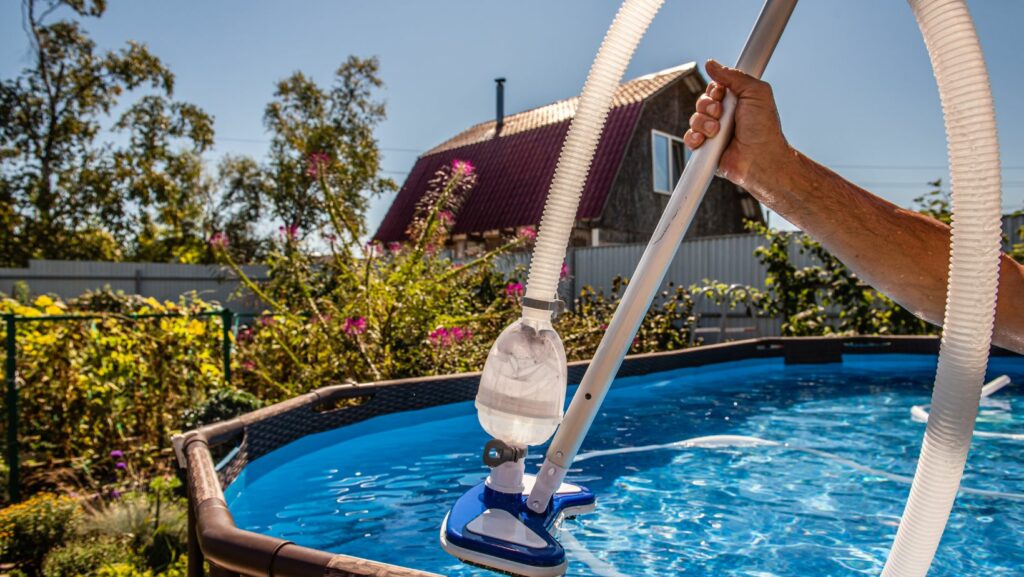Contents
Table of Contents
ToggleHow to Use a Gravel Vacuum
Using a gravel vacuum is an essential task for maintaining a clean and healthy aquarium. If you’re wondering how to use a gravel vacuum, I’ve got you covered. In this article, I’ll walk you through the step-by-step process of effectively using a gravel vacuum to remove debris from your fish tank.
Firstly, it’s important to understand that a gravel vacuum serves two purposes: cleaning the substrate and removing water during water changes. To begin, start by attaching the appropriate size hose or tube to the end of the gravel vacuum. Ensure that it fits snugly and securely.
Next, submerge the intake end of the gravel vacuum into your aquarium while keeping the other end lower than the water level in order to create suction. Once submerged, move the intake end gently through the substrate, allowing it to collect any debris or waste that has settled on top of or within the gravel.
As you move along, be cautious not to disturb your plants or disrupt any delicate structures within your tank. Continue this process until you have covered all areas of your aquarium’s substrate. Remember to adjust the flow rate if necessary and periodically empty collected debris from your gravel vacuum as needed.
By following these simple steps, you’ll be able to effectively use a gravel vacuum and maintain a clean environment for your aquatic friends. Regular maintenance using a gravel vacuum will help keep your aquarium looking pristine and ensure optimal water quality for happy and healthy fish.
Now that we’ve explored how to use a gravel vacuum properly let’s dive in together and get our tanks sparkling clean!

Why Use a Gravel Vacuum?
Using a gravel vacuum is an essential part of maintaining a clean and healthy aquarium. It helps to remove debris, waste, and excess food from the substrate, ensuring optimal water quality for your aquatic pets. In this section, I’ll explain why using a gravel vacuum is crucial and how it benefits both your fish and the overall ecosystem of your tank.
Maintains Water Quality
One of the primary reasons to use a gravel vacuum is to maintain excellent water quality in your aquarium. Over time, uneaten food, decaying plant matter, and fish waste can accumulate on the substrate. These organic materials break down and release harmful toxins such as ammonia and nitrites into the water. Regularly using a gravel vacuum helps to remove these pollutants before they have a chance to harm your fish.
Prevents Algae Growth
Excess nutrients in the aquarium can lead to algae growth, causing green or murky water conditions. By using a gravel vacuum regularly, you can effectively remove accumulated organic matter that serves as food for algae. This helps to prevent excessive algae growth and keeps your tank looking clean and vibrant.
Enhances Oxygen Exchange
A layer of debris on the substrate can hinder oxygen exchange between the water column and the substrate’s surface. As beneficial bacteria break down waste in the aquarium, they consume oxygen in the process. When debris accumulates on top of these bacteria colonies, it restricts their access to oxygen. Using a gravel vacuum removes this barrier, allowing for better oxygen exchange within the tank.
Promotes Healthy Plant Growth
For planted tanks or those with live plants, using a gravel vacuum is especially important. Dead leaves or decaying plant matter can release harmful substances into the water if left unchecked. By removing these organic materials with a gravel vacuum during regular maintenance routines, you provide an optimal environment for healthy plant growth.
In summary, utilizing a gravel vacuum plays an integral role in maintaining a clean and healthy aquarium. It helps to maintain water quality, prevent algae growth, enhance oxygen exchange, and promote healthy plant growth. By incorporating this simple tool into your aquarium maintenance routine, you’ll provide a thriving environment for your fish and plants.

